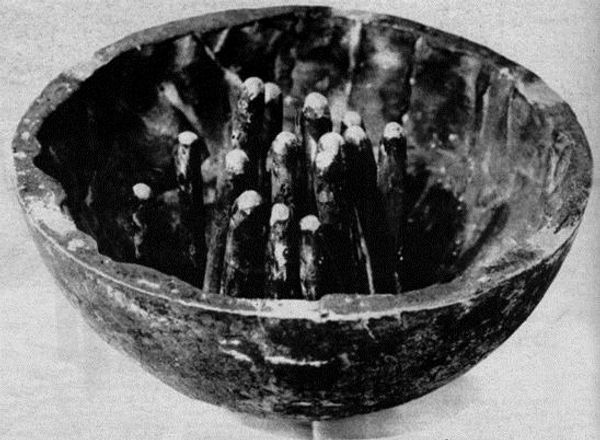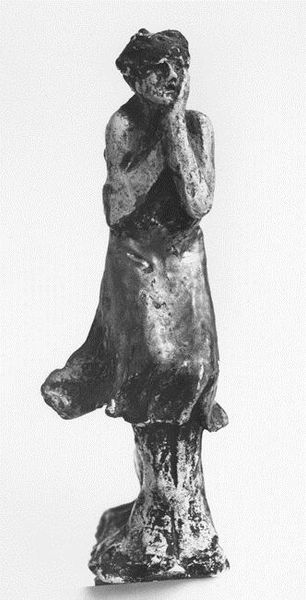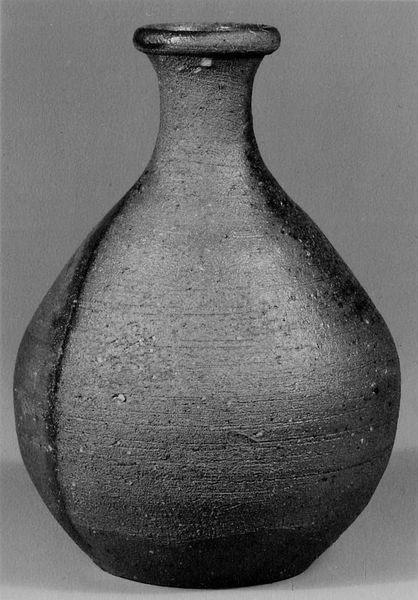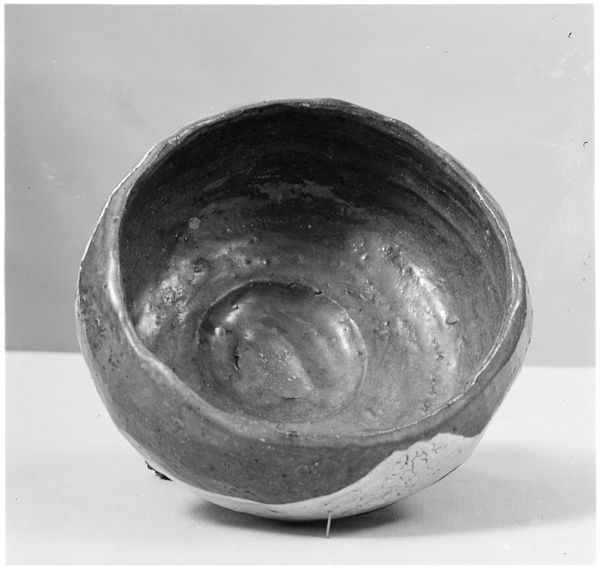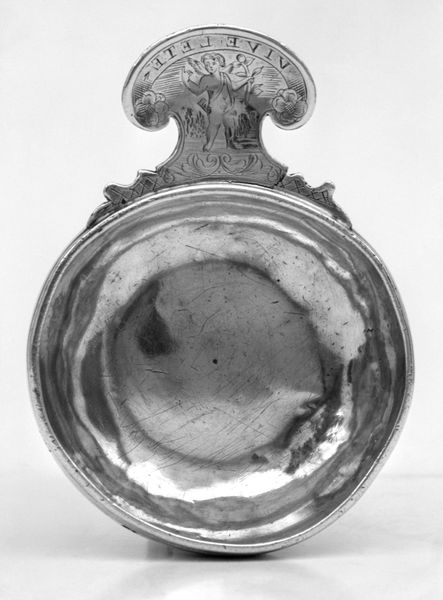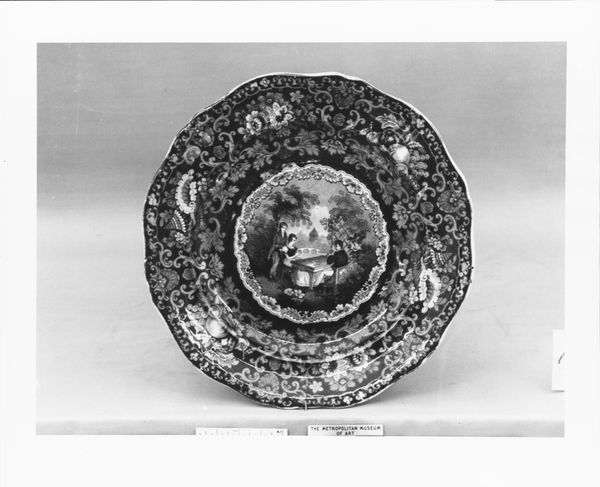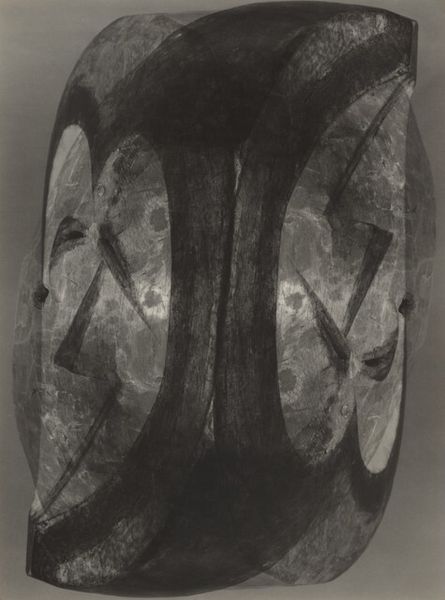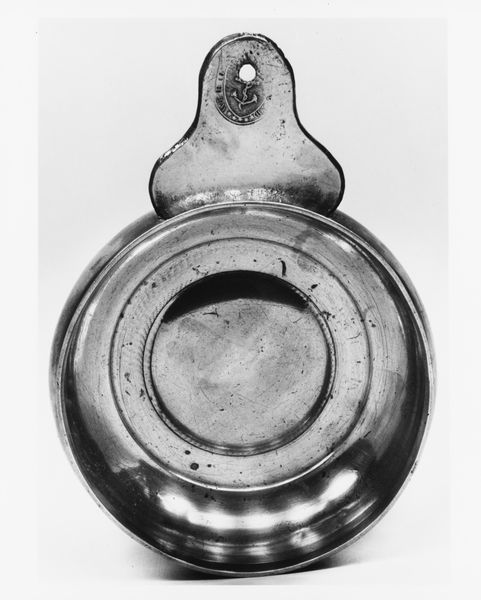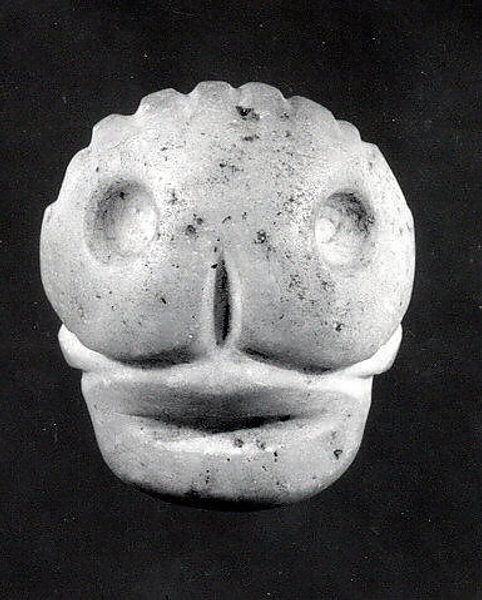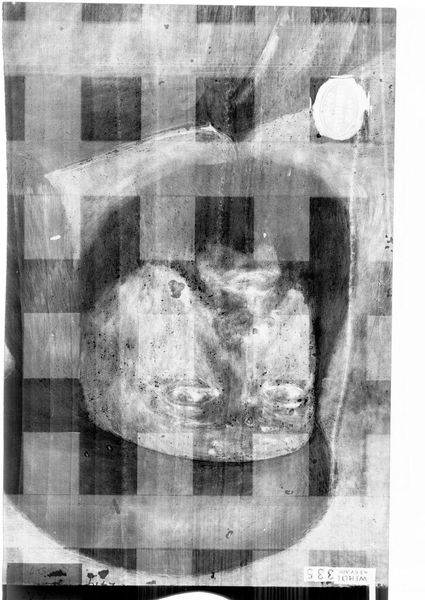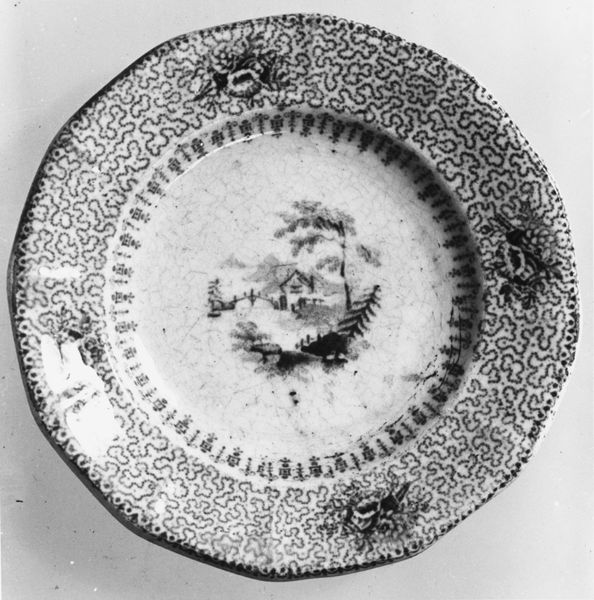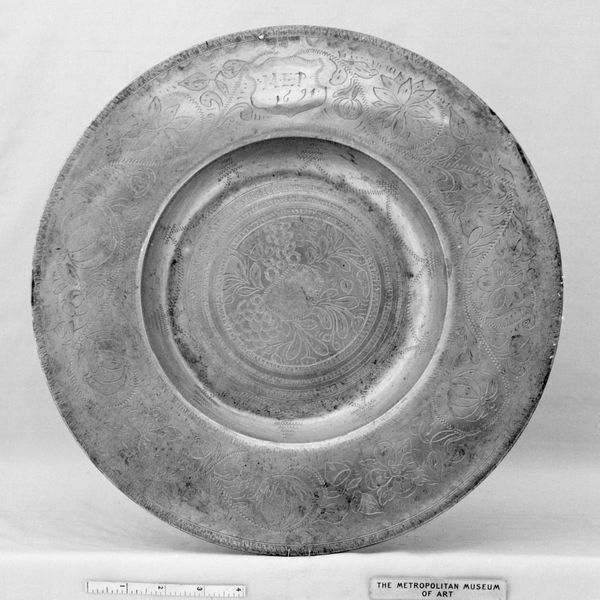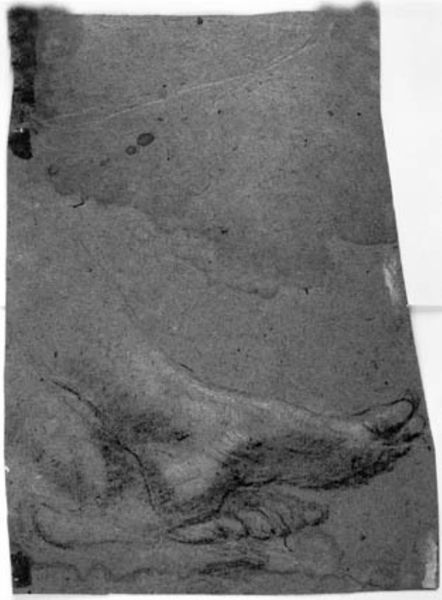
sculpture
abstract-expressionism
sculpture
geometric
sculpture
Copyright: Ruth Vollmer,Fair Use
Curator: Standing before us is "Cluster About Hemisphere," a sculpture created by Ruth Vollmer in 1964. It’s a piece that resonates with the geometric explorations prevalent during that time. What's your initial reaction to this sculpture? Editor: Well, I’m immediately struck by the sense of weight, of groundedness. Despite the implied movement in the title, "Cluster About Hemisphere", the sculpture feels very still, very present. There’s a primitive quality to it, as if it might have been unearthed from some ancient site. Curator: That’s a very perceptive point. Vollmer's work, although abstract, often references natural forms and mathematical principles. You see that sphere within a sphere construction which is almost like growth, like a cell dividing. These geometric shapes were Vollmer's attempt to create organic abstraction based on nature. This aligns with abstract expressionism’s push toward simplicity. How do you see it relating to that movement? Editor: I see it as a fascinating commentary. While abstract expressionism prioritized gesture and raw emotion, Vollmer introduces intellectual rigor. In post-war America, women often had to create revolutionary work in the shadow of very prominent men. By rooting the sculpture in mathematics, Ruth subtly challenged male dominance in both fields. It is important to ask; did society undervalue such art because of such constraints and gender disparity? Curator: Indeed. We need to view these artworks through lenses of power. While on its surface, it’s just geometric objects, it hints at the role of gender within science, abstraction and sculpture during its socio-historical moment. How has the reception evolved do you think? Editor: Early viewers may not have immediately picked up on these social layers and nuances within these materials and the form. However, over time, as the canon broadens and as art historical studies become more interdisciplinary, hopefully these sculptures can provoke a critical discourse, inviting discussion of marginalisation in artistic and mathematical expression. I want to believe that at some point we will come close to seeing this artwork as challenging boundaries of not just sculpture but socio-historical dynamics. Curator: I appreciate that optimistic point. Seeing the ways these artworks can echo outward into relevant intersectional cultural debates, decades after their making, certainly lends additional context to how we ought to interpret "Cluster About Hemisphere" as more than a visual pleasure alone. Editor: Absolutely. And hopefully, future generations will continue to peel back those layers of interpretation as we engage with history through artwork.
Comments
No comments
Be the first to comment and join the conversation on the ultimate creative platform.
